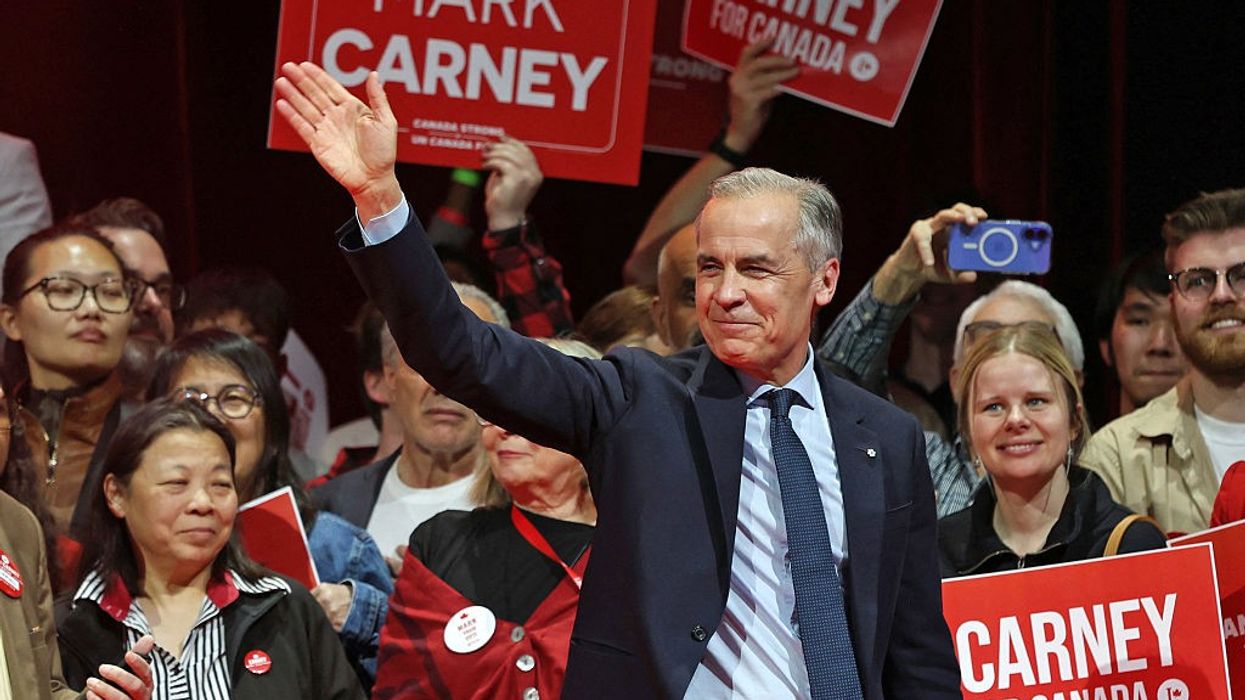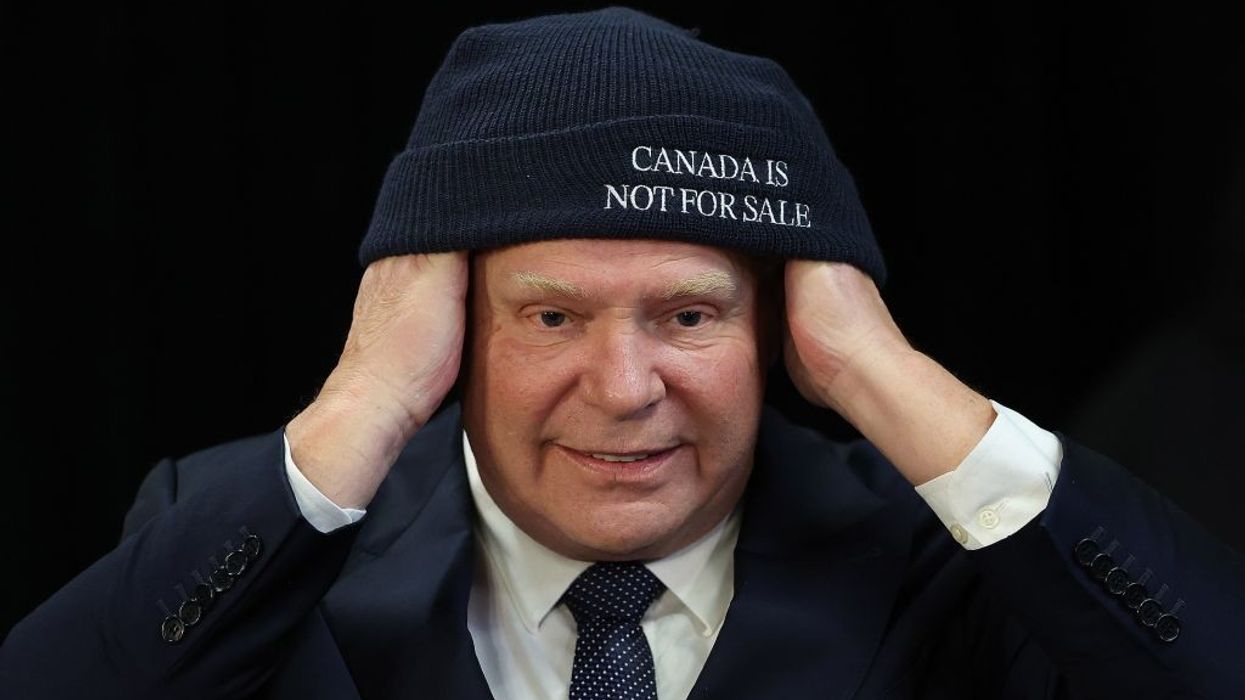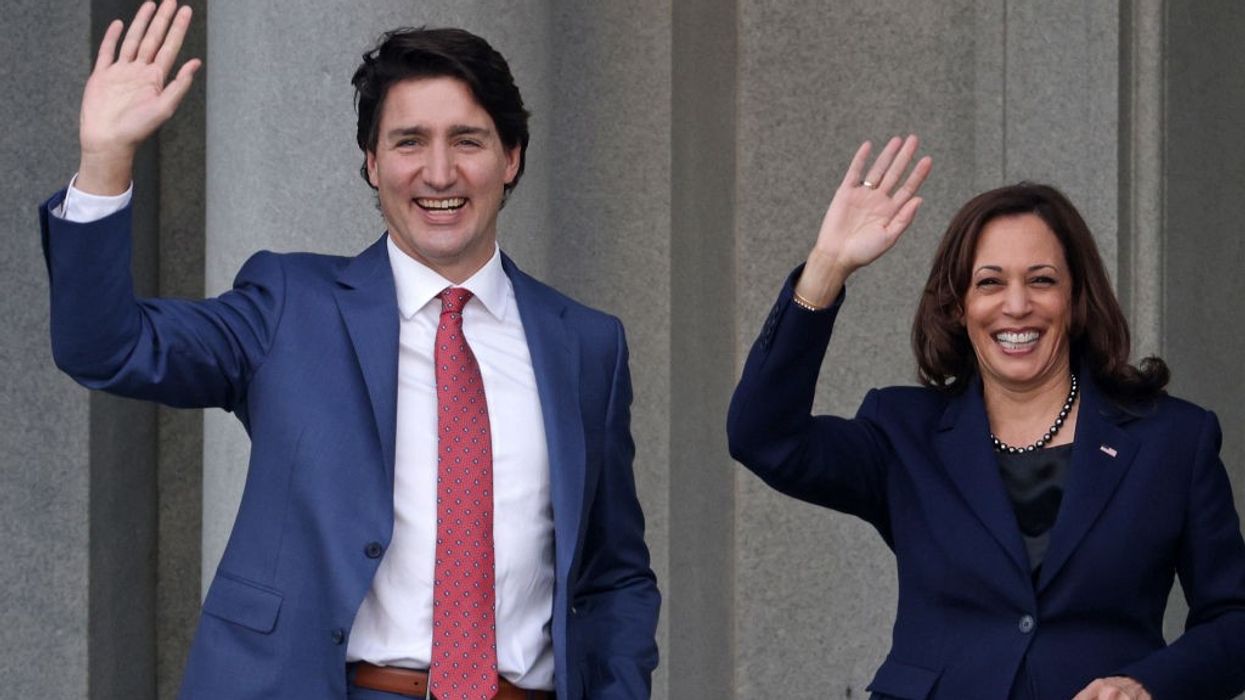Climate Policy on Thin Ice: A Lesson from Canada
Canada’s experience with its carbon price-and-dividend system for fossil fuels has important implications for the rest of the world, including the United States.
The recent news coverage of Canada’s elections was all about the spectacular backfiring of President Trump’s strong-arm tactics—tariffs and the pipe dream of Canada becoming the “51st state” sparked the Liberal Party’s stunning come-from-behind victory under its new leader, Mark Carney. But behind the headlines, the Canadian elections also carry a profound cautionary tale about the political mishaps that can befall even the best-designed climate policy.
Until Trump barged onto the scene, climate change was the single most visible issue in the election campaign. Carney, the former UN Special Envoy for Climate Action and Finance, called it an “existential threat.” His Conservative Party opponent, Pierre Poilievre, instead pledged to roll back regulations on fossil fuel emissions and scrap Canada’s most ingenious climate policy: its carbon price-and-dividend system.
Under former Prime Minister Justin Trudeau in 2019, the Canadian government had introduced a price on carbon pollution and recycled the revenue straight back to households—the first enactment anywhere of the “carbon dividend” policy widely advocated in the U.S. by economists from across the political spectrum.
Dividends make it possible to use this tool while protecting the living standards of working families.
The policy succeeded in reducing emissions while at the same time raising the incomes of most Canadian households more than enough to offset the impact of the carbon price—a win-win for the environment and the people. Yet Poilievre’s vow to “ax the tax” became so popular among voters that Carney himself scuttled the policy upon replacing Trudeau as Liberal Party leader in March.
Why did a successful climate policy go down to defeat in the court of public opinion?
The policy’s aim was to give consumers and businesses an incentive to reduce emissions while letting them choose what worked best for them. Returning the revenue directly to the public safeguarded the purchasing power of ordinary households, a prerequisite for ensuring equity and political durability. Most Canadian families came out ahead—an analysis by the Canadian government found that about 80% of households experienced net income gains, their dividends being boosted by the outsized carbon consumption of the most affluent consumers.
Predictably, Trudeau’s conservative opponents denounced the policy. Poilievre incorrectly labeled it a “tax” and blamed the policy for any and all fuel price increases, including those triggered by the worldwide spike in oil prices after Russia’s invasion of Ukraine, while remaining notably silent on the return flow of the carbon revenue back to households.
The Trudeau administration meanwhile did little to publicize the benefits of the policy to consumers, evidently assuming Canadians would figure out themselves that they were receiving dividends and that they more than compensated for the carbon price. This lack of visibility was compounded by how the payments were delivered. Initially they were buried in income tax returns. When this changed to electronic bank deposits, they were inscrutably labeled, appearing on statements simply as “Canada Fed” or a random string of numbers and letters. The neglect of messaging proved to be the policy’s Achilles heel.
Canada’s experience has important implications for the rest of the world, including the United States. Although it may seem hard to imagine in our present political moment, sooner or later climate policy is all but certain to return to the nation’s political agenda. When it does, carbon pricing will re-emerge as a key tool for curbing emissions.
Dividends make it possible to use this tool while protecting the living standards of working families. The Healthy Climate and Family Security Act introduced in December by Sen. Chris Van Hollen (D-Md.) is a good example of legislation that would do precisely this. But to win and maintain public support for the policy, transparency is crucial: the dividend that households receive must be just as visible as the gasoline prices they pay at the pump.
In Canada, Carney has promised to continue the carbon price for heavy industrial emitters, while offering incentives for consumers to reward “green choices” such as purchases of electric vehicles. But carrots alone will not bring about a clean energy transition. Climate catastrophes have already begun. If we want to keep them from worsening, the take-home lesson from Canada is that any serious climate policy will require an equally serious commitment to making its benefits clear and present.


